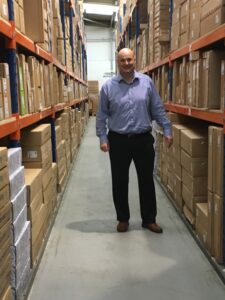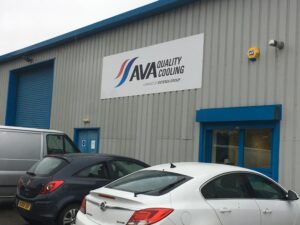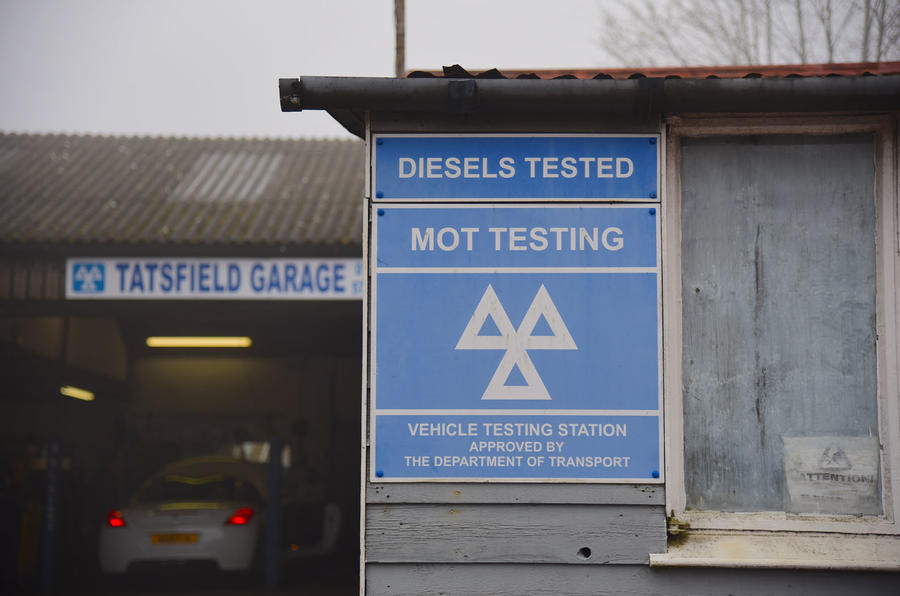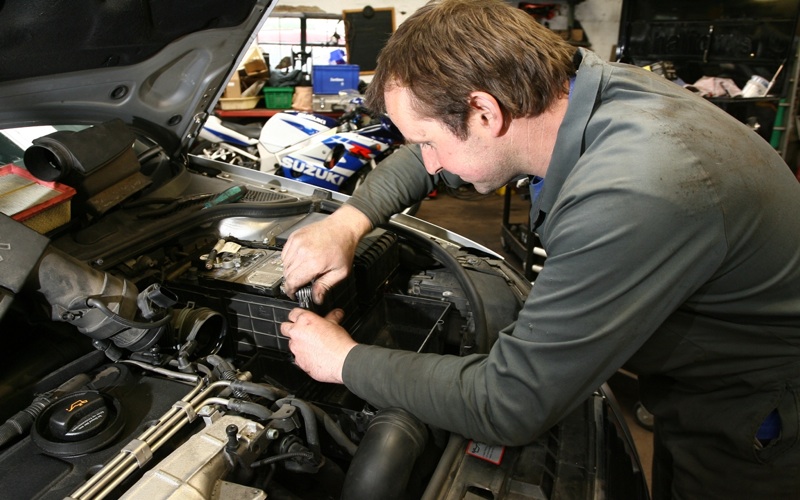This article was originally published in CAT Magazine in June 2019
If you go into AVA Cooling’s warehouse in Rotherham, you’ll see a lot of boxes. Stock locations go from floor to ceiling, and there is product packed into every area available. It is safe to say that the company make profitable use of the areas available to them.
Inside these boxes are the firm’s core (if you’ll pardon the pun) product, radiators. There are rads for almost every make model and spec of light vehicle, plus radiators for trucks and air-con condensers.
READ: NISSENS TO ACQUIRE AVA COOLING IN THE UK AND NORTH EUROPE
It might be crowded, and the warehouse is certainly not a new build, but in fact AVA has not been based here for long. “We’ve got 30,000 square feet, but I wish I’d taken 40” said MD Stewart Inglis, explaining that a recent change in ownership of the 55-year-old company had ushered in a raft of changes. First of all, two other radiator suppliers that were also owned by the same group were integrated into AVA, forming one very busy supplier ready to do business in this age of consolidation.

That is, if Inglis can persuade the newly-installed IT system to play ball. “We’re going for the same system as Holland, Filemaker 17” he said. “We should have upgraded years ago, but now with the new owner on board everything is happening over a year and a half. It has refinanced us, and built new warehouses in Holland and Poland and we’ve moved, albeit not into a new warehouse”.
The new owner is Taiwan-based Enterex Group. This company was established in the mid-1980s and now has a capacity of five million units of radiators, intercoolers, condensers and evaporators per year – certainly way more than enough to keep the Rotherham warehouse full.
AVA-branded rads have in fact been around since the company was founded in the Netherlands in 1963 and until recently the firm was owned by Germany-based family firm Haugg Gruppe. A UK subsidiary was opened in 1999, with Inglis joining in 2005 from rival G&M where he had spent the past fifteen years.
The product is the same (in operation at least) as its always been, and demand for replacement rads, due to a combination of crash damage and old units springing leaks, has remained consistent. However the market for the product has changed greatly since Inglis started in the trade bach in the 1980s.
Back then, a replacement unit sold through a factor would very likely be a re-cored exchange unit. New products were available as well, produced domestically here in the UK, as well as in Continetal Europe.
But in the 21st century, buying patterns started to shift. “Back in the day we were probably supplying 80 percent of stock to radiator specialists and independents, with 20 percent to factor buying groups. Today that figure has been turned on its head with 80 percent going to factor groups. “There are around eight radiator specialists still spending decent money” Inglis explained, “but there were around 250 of them 20-odd years ago”.

Like so many other products, production of rads as a category started to shift east and exchange units fell out of favour, partly because new-style factors understandably want to sell product in boxes, not deal with exchanged core. Interestingly, the majority of product in the warehouse isn’t made in Taiwan, or even in mainland China, but produced in Cambodia where a large modern factory has been set up. It might seem strange, but Inglis believes that this factory help keep the product of a consistent quality as the majority of parts are developed, tested and produced in the same location, rather than relying on a mish-mash of suppliers.
The market for rads has certainly been through the wringer, but Inglis is upbeat about the future. “This year we’re looking of a turnover of about £4m, so we’re looking to the numbers we had back into the glory days. The last couple of years have been a period of transition, but now we’ve had the one-off costs to do with moving and integrating the other businesses, we can get back to concentrating on our business. We’ve got full control of the product and the quality now, so we can concentrate on moving some of these boxes” Inglis concluded.











Go to comments